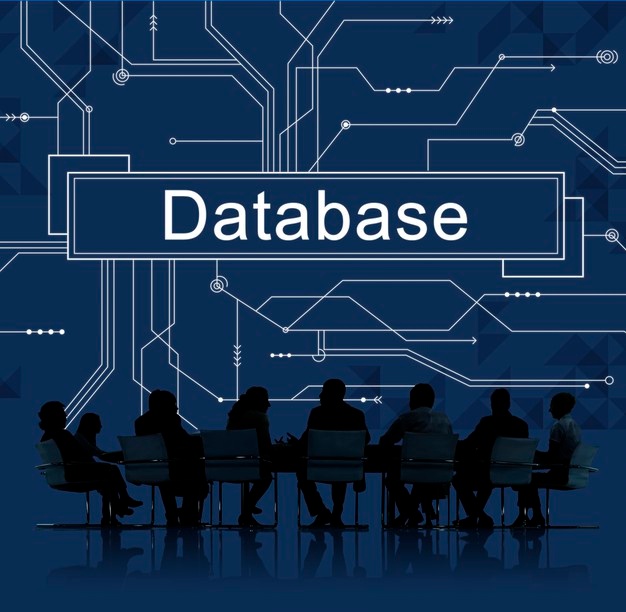Author: Robert Agar
Organizations can enjoy many benefits by choosing to migrate some or all of their computing resources to the cloud. There are often financial savings associated with eliminating on-premises hardware resources in favor of the pay-on-demand terms offered by cloud providers. Flexibility and scalability are intrinsic to cloud computing and are very appealing to businesses with fluctuating requirements. Advanced capabilities can be engaged to integrate with legacy systems to develop new and innovative solutions that enable an organization to remain competitive in its market.
MySQL is an extremely popular relation database solution for several reasons. Among them are the fact that it is open-source so there are no software licensing fees and the code can be freely modified to address specific business requirements. It uses basic SQL rather than a proprietary variation and is a mature platform that can run on most major operating systems. There is a large pool of freelance MySQL developers available which makes it easy for businesses to provide the human resources required to handle their databases. MySQL is widely used for informational websites and eCommerce sites.
If you are a MySQL DBA, there’s a good chance that at some point you will be involved in migrating some of your databases to the cloud. You may or may not have any input into which cloud is chosen to host your systems. That choice may already be determined by other contracts your company has with a given provider. Decision-makers may feel comfortable simply taking advantage of the MySQL solution offered by their current vendor. But if they do ask your opinion, it might be nice to have a few pieces of information at your disposal with which to impress your manager.
You’ve Got Options!
Cloud providers make their living offering services that customers want or need to solve business problems. The incredible popularity of MySQL databases makes them a logical choice to be added to a cloud vendor’s portfolios. Here are some options for a managed cloud home for your MySQL databases available from major providers.
Google Cloud SQL – Google offers customers a fully managed MySQL Community Edition database in the cloud. MySQL 8.0, 5.7, and 5.6 are supported with up to 416 GB of RAM and 30 TB of storage. Customer data is encrypted while in transit and at rest, including temporary files and backups. The service furnishes on-demand and automated backups as well as point-in-time recovery capabilities. There are some differences between native MySQL and Google Cloud SQL that need to be understood by the teams supporting the platform.
Azure Database for MySQL is a fully managed MySQL database that is easy to set up, operate, and scale to meet business needs. Databases are based on the latest community editions and provide enterprise-grade security and compliance capabilities. Tight integration with Azure services simplifies development and enables popular web applications to easily be deployed. Data is automatically encrypted and can be double encrypted with custom keys for additional protection.
Amazon RDS for MySQL offers a streamlined procedure with which to set up production-grade MySQL databases. Parameters are pre-configured for the server type you select during the provisioning process and can be fine-tuned to meet your business needs. Encryption is performed with keys that the user creates and controls, and enhanced security is provided through network isolation. Storage options address the needs of small to high-performance workloads.
Oracle MySQL Database Service is the only managed service that is built using the MySQL Enterprise edition and is supported by Oracle’s MySQL team. Advanced security is one of the hallmarks of the Enterprise edition and its use may influence the choice of cloud vendor. Since Oracle was the driving force behind MySQL, you should at least consider them if moving to a managed cloud environment.
Virtual servers that are fully managed by an enterprise’s database team are another option when migrating to the cloud. Many organizations simply want to shift their infrastructure to the cloud while maintaining full control over the relocated systems. DBAs working with these systems should see little difference in database operation except for accessing them in a different location.
Monitoring MySQL Databases Wherever They Live
It is advisable to maintain visibility into enterprise MySQL databases and systems no matter where in the computing environment they reside. The best way to accomplish this is with a comprehensive monitoring tool like IDERA’s SQL Diagnostic Manager for MySQL. This feature-rich application enables a database team to monitor their on-premises MySQL and MariaDB databases as well as those in the cloud from a single interface. Familiarity with the app will only help team productivity.
SQL Diagnostic Manager for MySQL provides teams with the ability to check on the security, availability, performance, and health of their servers from an intuitive and unified web console. The tool lets you quickly drill down to obtain detailed information on issues so they can be addressed before they become problems. It is fully compatible with managed cloud MySQL instances as well as databases running on cloud virtual machines. It’s an excellent tool for monitoring your whole MySQL environment.



